Owning a car in the Philippines is both a symbol and a struggle. It glides into view like a promise of freedom, yet often comes tethered to heavy financial chains. In a country where the average worker earns only a few tens of thousands of pesos each month, many still manage to finance cars whose monthly amortizations often exceed half their income, sometimes using credit cards to stretch budgets or bridge shortfalls. Parking lots remain full, despite the math suggesting otherwise.
Behind every plate number is a story: resourcefulness, collective effort, calculated risk, and abiding hope.
The Filipino dream of mobility isn’t just about wheels, it’s about dignity. It’s about being seen. It’s about progressing. And in many cases, it’s about survival.

The Numbers Don’t Add Up — But the Dream Still Does
When we look at the typical salary levels of Filipino workers, and then compare them to what many are paying for a car, there’s a striking mismatch.
- According to a Philippine Statistics Authority (PSA) 2022 Occupational Wages Survey, the average monthly wage for full-time workers was around ₱18,423.
- Other sources present higher averages, e.g., one private survey citing a mean monthly salary of about ₱44,800 in 2025.
- On the financing side: for example, one case study from Metrobank showed that buying a new car for about ₱1.595 million (with 20 % down) resulted in a monthly amortization of ₱26,702 over 5 years.
Let’s visualise this:
From the table above you can see the tension: someone earning ~₱18,000-₱25,000 a month being asked to pay ~₱20,000-₱30,000 just for car loan amortization. Yet the ownership rate keeps rising. Why? Because in a country where public transport may be unreliable or slow, owning a car begins to feel less like indulgence and more like necessity for convenience, status, safety, or simply being seen as “making it”.
The emotional drive is real: the car becomes a visible marker of upward mobility; it is both utility and aspiration. And that, in many Filipino households, helps justify stretching incomes, pooling resources, and creatively navigating financing.
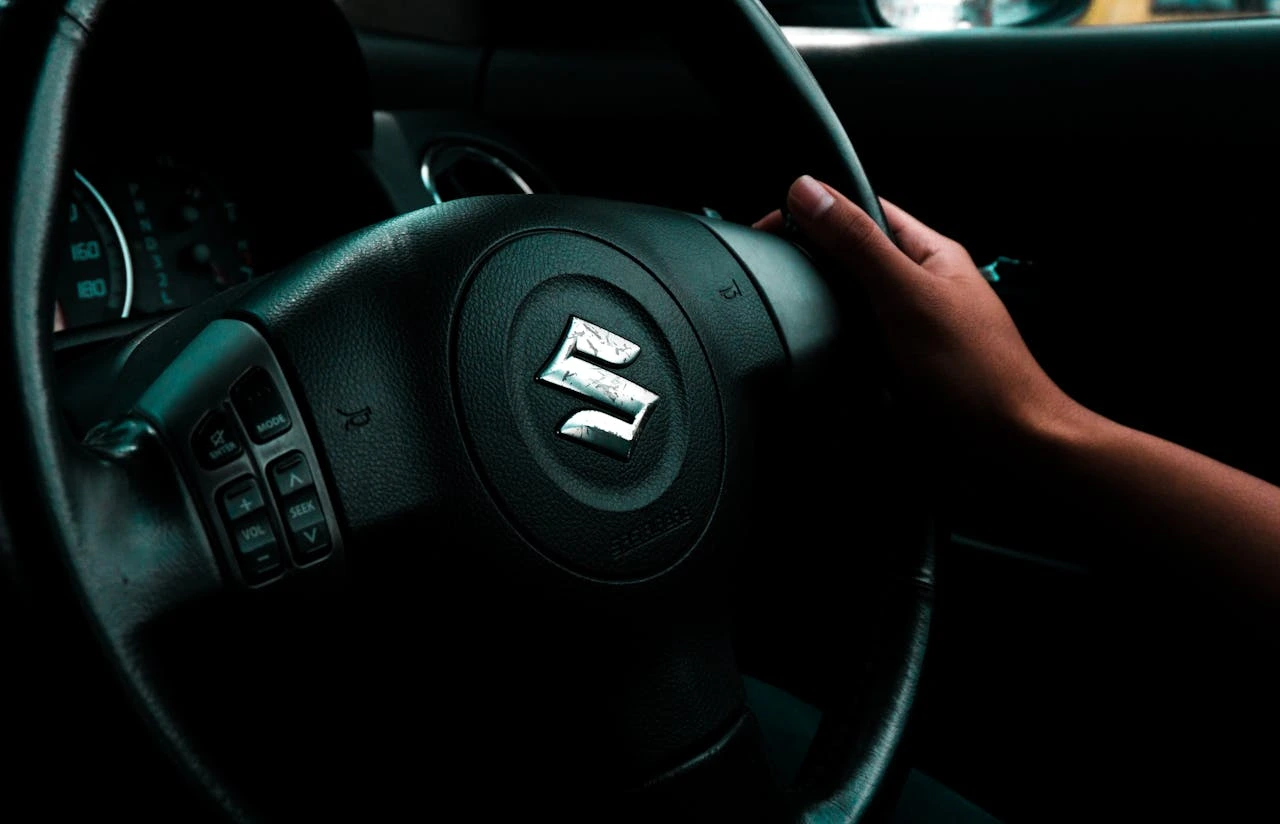
The Creative Math of Car Ownership
When the monthly numbers look daunting, Filipinos rarely back away. Instead, they get creative. The “how we make it work” is as interesting as the “why we need it”.
Household pooling
Many young couples now rely on dual incomes and family support. One pattern: the couple sets up a loan together (both names), and the amortization is more likely to be approved if both incomes are considered. Meanwhile, the parents chip in the down payment (DP), or the DP is a shared family fund: “Parents pay the DP, anak pays the monthly amort.”
Side incomes and gig-economy strategies
To offset amortizations, many tap into side hustles: weekend ride-hailing, deliveries, small online businesses. The car doesn’t just serve to commute to work, it becomes part of the income-generation strategy.
Refinancing and personal-loan cross-funding
Some use personal loans or refinance existing cars mid-term to unlock liquidity. For example, they might take a loan for the down payment (via a personal loan) and then roll the car loan amortization into the household budget. The bank sees one loan; the borrower sees two incomes, two cash flows.
“One car, many paydays — the Filipino way of making the numbers work.”
These dynamic, slightly unorthodox approaches aren’t reckless so much as pragmatic. They reflect a community adapting to structural constraints with ingenuity.
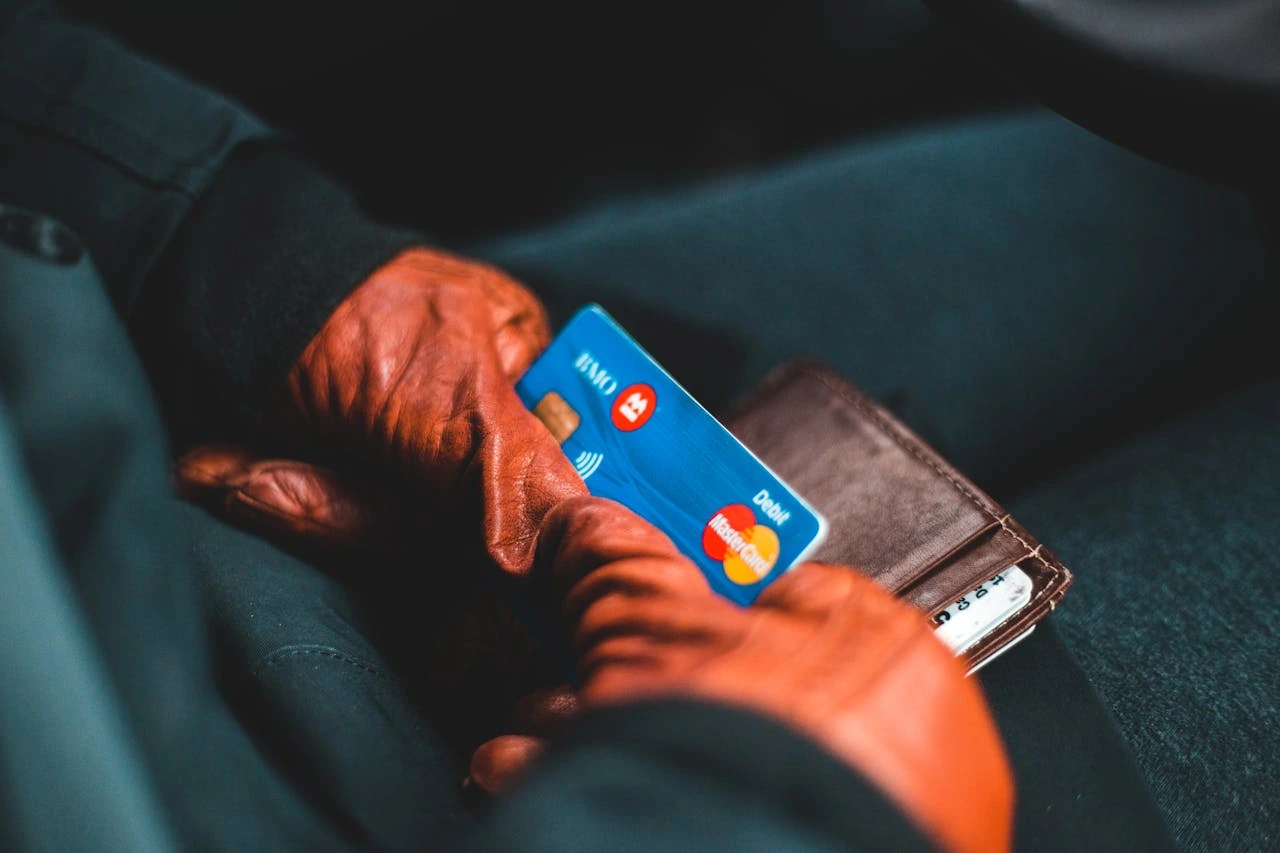
Credit Leverage and Loan Structures
Financing doesn’t rely on income alone — how the product is structured plays a huge role. In the Philippines, banks and dealers craft car-loan offers that make ownership appear attainable.
Low down payment promos, long tenors
Dealers and banks frequently promote “Drive away for ₱10,000/month!” or “0 % down payment (for a limited time)”. These sound attractive, but they mask larger costs. The longer the finance tenor (60 months or more), the lower the monthly amort—but the greater the total interest paid. As the Metrobank example showed, the same car over 24 months vs 60 months had dramatically different monthly payments and total cost.
Differentiating bank vs in-house financing
Banks typically have stricter eligibility and clearer terms. Dealers’ in-house financing or third-party promotion often carry higher interest rates and more flexible approval. A Top Gear Philippines feature found that dealer loans could have monthly amortizations (for the same car model) that were higher than bank loans, due to poorer terms.
The psychological appeal of “low monthly amortisation”
Marketing emphasises what you pay each month (“only ₱9,000/M for a car worth ₱600,000!”) rather than the total cost, interest, or depreciation. That framing helps borrowers feel they’re within reach—even when longer-term burden is heavier.
The long-term burden gets hidden
While the short-term cash flow may seem manageable (especially with household pooling or side incomes), the long-term risk remains: your payment may stay the same, but your income, job security, fuel or maintenance costs may not. Longer terms increase exposure to risk: job loss, sickness, income drop, car value depreciation, and so on.
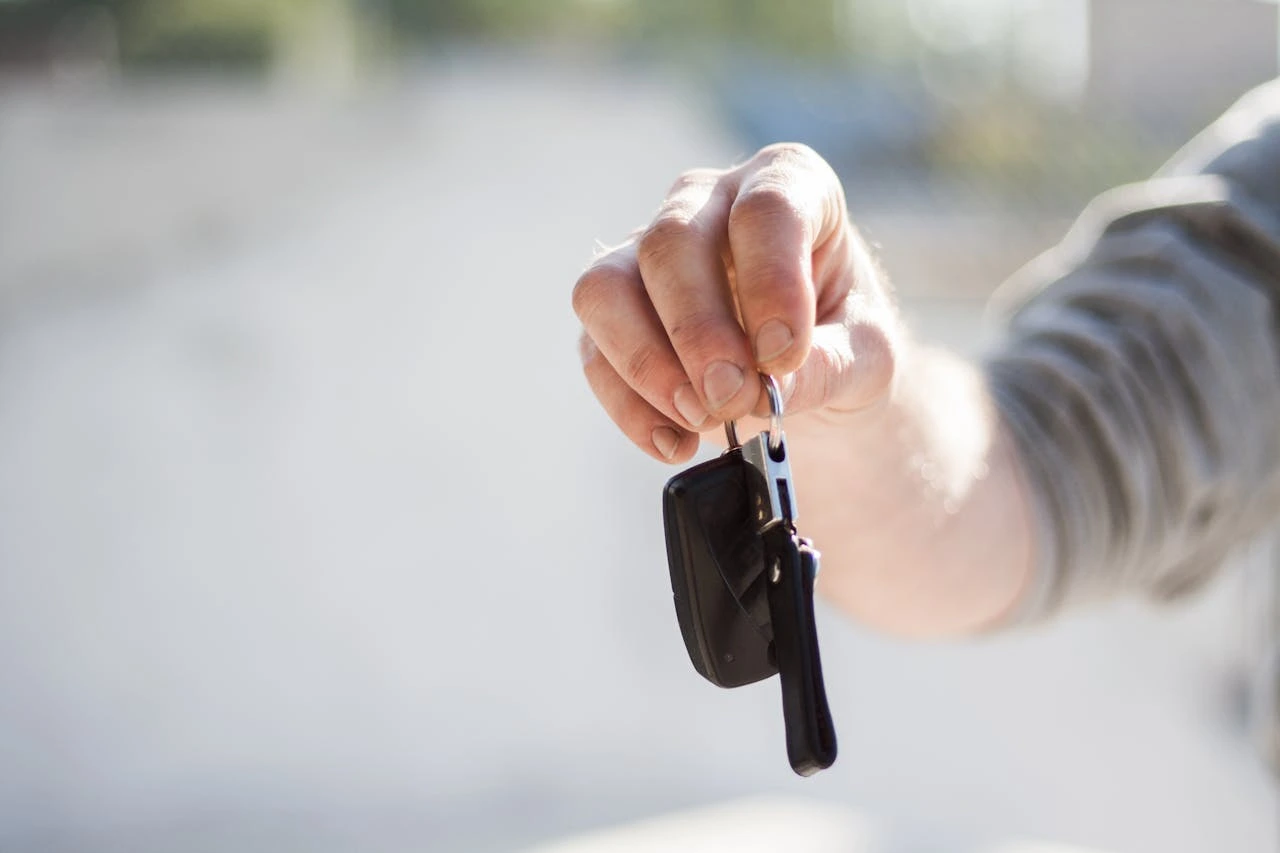
The Cost Beyond the Keys
Signing the contract is only the beginning. The monthly amortization may be manageable (or at least marketed as such), but full ownership comes with hidden layers of cost beyond the loan.
According to a breakdown by a local site:
“Expenses for Cars You Should Prepare For as a New Car Owner” — annual total could hit around ₱484,604 when you include amortization, registration, insurance, fuel, parking, tolls, repairs, etc.
Let’s summarise typical monthly cost components:
- Loan amortisation: e.g., ₱20,000-₱35,000 depending on car, term, interest
- Insurance and registration: maybe ₱1,500-₱3,000/month averaged
- Fuel and tolls/parking: easily ₱5,000-₱10,000/month for metro commuters
- Maintenance, depreciation, repairs: variable but meaningful
These add up quickly. Many borrowers focus on the amortisation and underestimate the “ownership cost” layer — which often surfaces only after purchase.
Rising repossession and delinquency trends
When incomes slide, side hustles fail, or extra costs accumulate, borrowers may struggle. Vehicles get repossessed, credit standing damaged, and the intended symbolism of mobility turns into a burden.
Tone note: empathy, not judgement
Many Filipinos assume this path not out of excess, but out of aspiration — hope for a better life, a safer commute, a badge of progress. They learn through experience, not luxury. Our tone honours that resilience.

Smart Alternatives for Financially Conscious Drivers
Owning a car doesn’t have to mean being tied down by debt. Creative alternatives and smarter choices are emerging — for drivers who want mobility without misery.
Choose a used car or lower principal
Opting for a used car (with lower sticker price) means smaller loan, smaller amortisation. Even if interest is higher, the principal is less, and the burden lighter. For example, some banks offer used-car auto loans up to 70% of appraised value.
Use credit cards, rebates, and loyalty perks for ancillary costs
Fuel cashback cards, maintenance-rebate programmes, insurance promotions — these help shave off the hidden layers of cost and keep monthly cash flow healthier.
Loan prepayment when income permits
Once your income stabilises (after side hustles mature, promotions come, or co-income becomes steady), consider channeling extra funds to pre-pay the loan or shorten tenor. This reduces interest paid and frees cash sooner.
Emerging mobility models
Car subscription services, shared ownership schemes, ride-hailing as asset utilisation—all provide alternatives to outright ownership. Mobility needn’t equal maximum debt. Sometimes, clever usage beats traditional ownership.

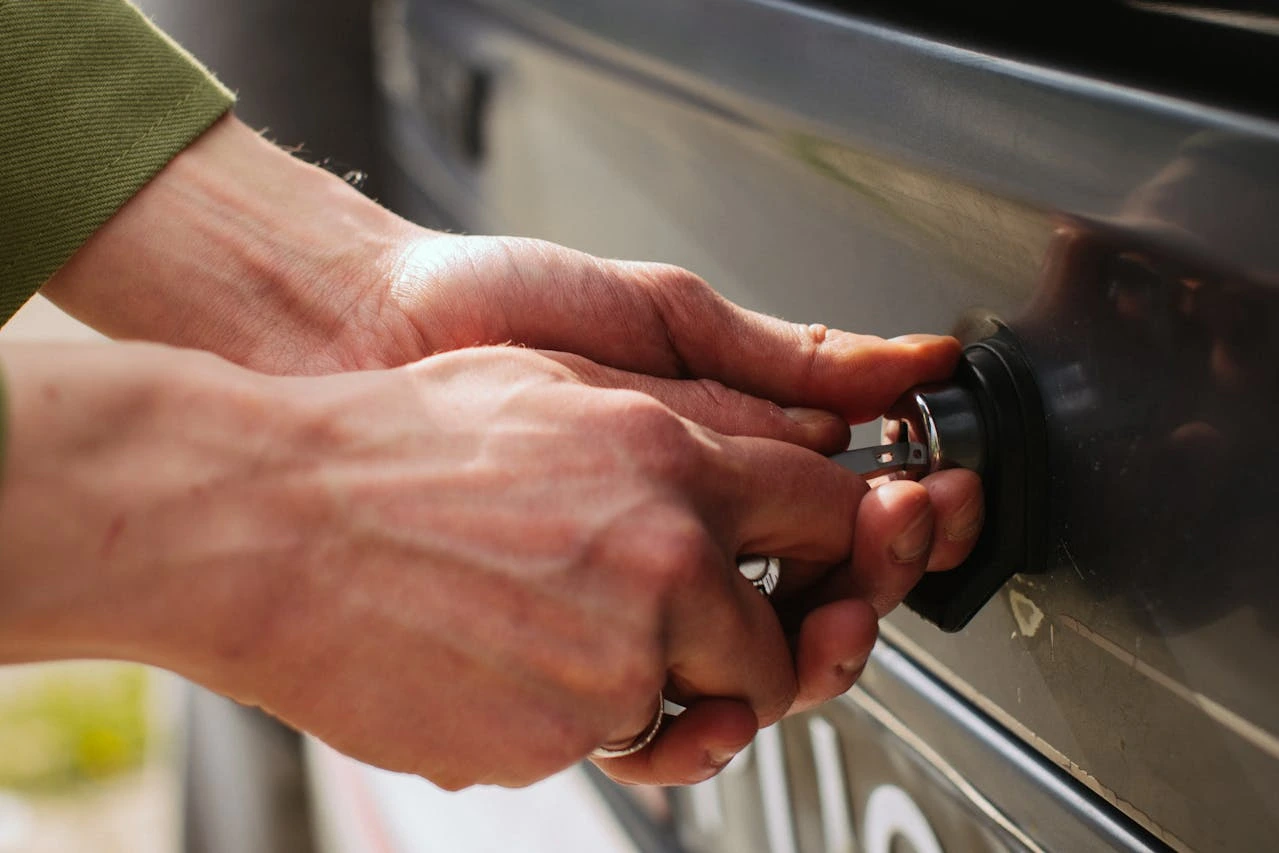
Conclusion
The Filipino dreamer’s resilience is unmatched — and so is the need for financial literacy. Yes, owning a car in the Philippines can reflect dignity, progress, and survival. But it should not mean surrendering peace of mind. Foresight, planning, and creativity should drive the journey just as much as hope.
If you’re considering a car loan in the Philippines (whether a new vehicle or a used one), platforms like Finmerkado can help you compare options, understand amortizations, and align your dream with sustainable finances. Because hope may have brought you to the starting line — but planning will get you past the finish line.
References
- “Average salary of Filipinos to increase by 5.5% in 2025 — study,” Philstar.com. Philstar
- “What is the Average Salary in the Philippines in 2025?” CoinCodex. CoinCodex
- “What is the Minimum Salary for a Car Loan in the Philippines – SAFC.” SAFC
- “Getting a car loan as a practical step up in life,” Metrobank. https://metrobank.com.ph
- “Auto Loan 2023: FAQs, Interest Rates, Fees,” TopGear Philippines. https://www.topgear.com.ph
- “Average Wage in the Philippines 2025: A Full Guide,” Flavor365. flavor365.com
Frequently Asked Questions
Many banks guideline that monthly amortisation should not exceed 30-40% of your declared income. For example, if you earn ₱30,000/month, monthly amortisation should typically be around ₱9,000-₱12,000.
It depends a lot on vehicle price, down payment, interest rate, and term. For example, borrowing for a ₱1,595,000 car over 5 years produced amortisation of ₱26,702/month.
They advertise lower monthly payments by stretching the term, decreasing the DP, or offering easier approval—but often at higher interest rates or with less favourable terms. A comparison showed dealer-amortisations significantly higher than banks for similar vehicle.
You must budget for insurance, registration, fuel, tolls/parking, maintenance, depreciation, possible repairs. If you ignore these, even a “manageable” amortisation can tip your finances.
Consider used-car loans (lower principal), subscriptions/shared mobility, utilising the vehicle for income (ride-hailing) to offset amortisation, or long-term it may be smarter to save and pay cash if feasible.

The simple application process can be completed in just a few minutes.

At Dragonpay Corporation, speed and efficiency are prioritized. The streamlined online application process is designed to take just minutes, allowing users to quickly move from application to approval. Once approved, funds are promptly transferred to the bank account, reflecting the company's dedication to fast service, particularly for returning customers.

Offers a rapid online application process that takes minutes, ensuring quick approval and fund transfers to returning customers' bank accounts.
BPI Edge Card

- Earn one 1 rewards point for every ₱50 spend
- Enjoy flexible installment plans and payment options
- One of the lowest forex conversion rates at 1.85%
- Enjoy deals and discounts all year round from BPI
- Ideal for young professionals who want to experience more out of life
HSBC Red Mastercard
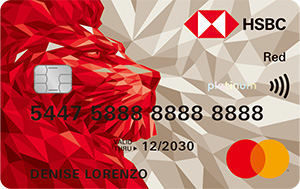
- Access to over 27,000 travel privileges via HSBC’s home&Away program
- Autocharge facility for bills
- Cash advance capability
BPI Gold Rewards Card

- Earn 1 reward point for every ₱35 spend
- Avail flexible installment plans with terms up to 36 months
- Free travel insurance up to ₱10 million
- Enjoy endless rewards and perks all year round
- Ideal for cardholders looking for premium benefits
Maya Landers Cashback Credit Card
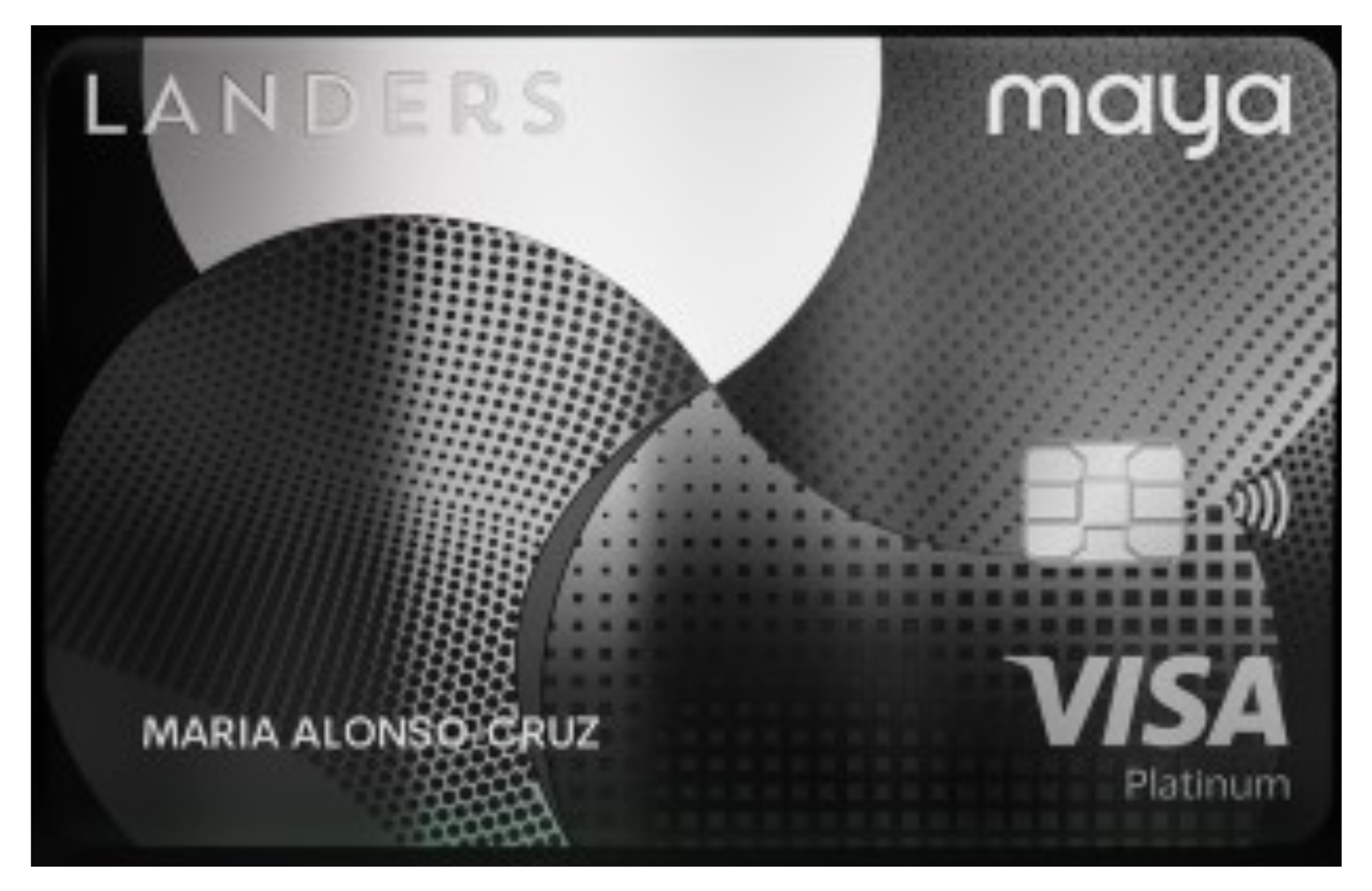
- No annual fee with just one monthly transaction
- Earn up to 5% cashback at Landers on in-store and online purchases
- Get 2% cashback on dining and 1% cashback on other local or international spends.
- Exclusive Landers perks—enjoy discounts, promos, and store access with your membership.
- Complete in-app control—freeze/unfreeze, view transactions, manage limits, and redeem cashback instantly.
BDO Unibank Personal Loan
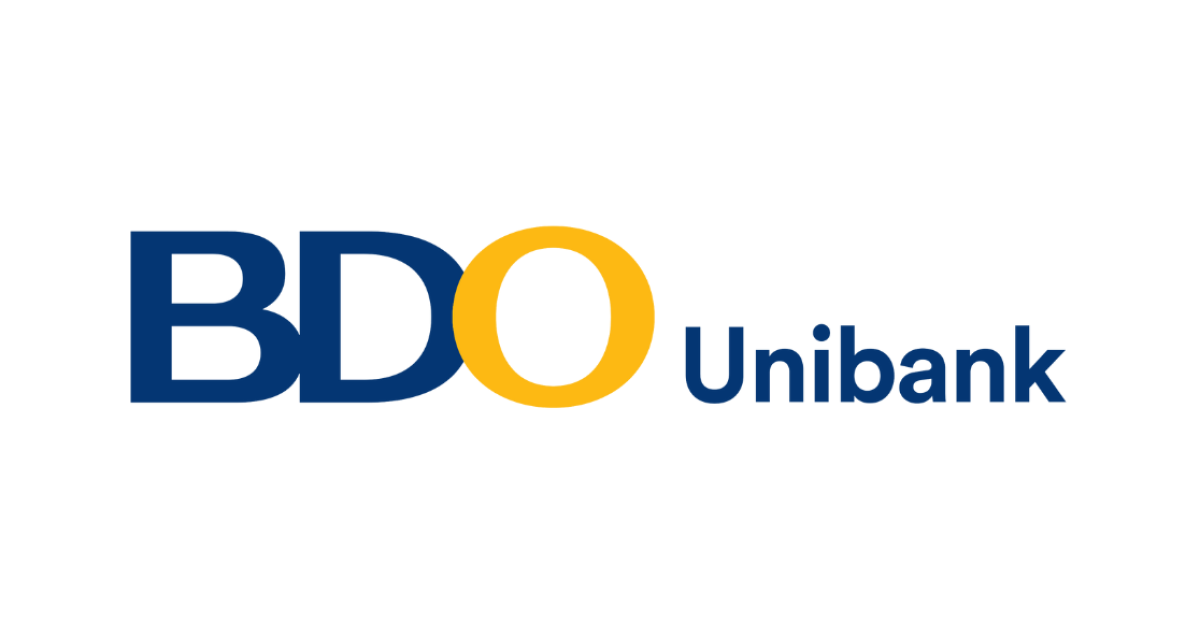
BDO Unibank’s Personal Loan offers unsecured financing of up to ₱2 million with a fully digital or branch-assisted application process. It’s an accessible cash option for immediate needs like debt consolidation, travel, events, and other lifestyle expenses. With competitive rates starting at 0.98% monthly add-on and flexible repayment up to 36 months, it’s a solid choice for salaried and self-employed individuals.
BPI Personal Loan
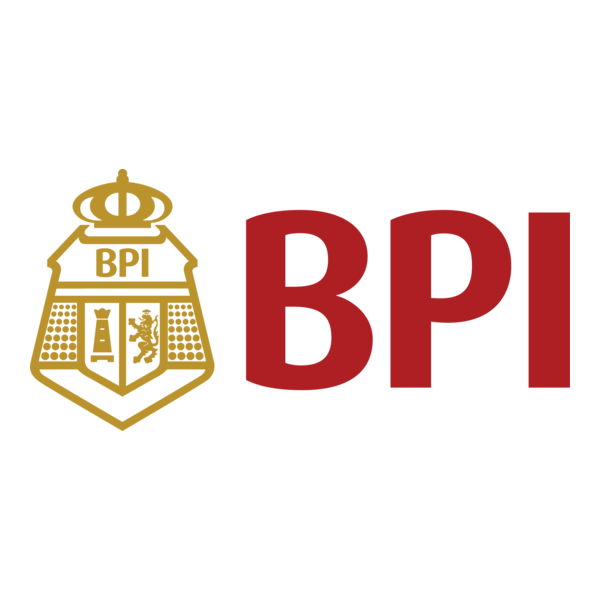
Need a cash boost for life’s big moments or unexpected emergencies? The BPI Personal Loan offers a reliable and flexible solution—whether you’re funding a small business, covering tuition, or consolidating debt. With competitive rates, fixed monthly payments, and a fast approval process, this loan is designed to fit your goals and your lifestyle. No collateral required, just straightforward access to funds when you need them most.
EastWest Personal Loan

Unsecured personal loan designed for flexible multi-purpose use—whether for tuition, travel, or business needs. Offers terms up to 60 months and competitive add-on rates.










